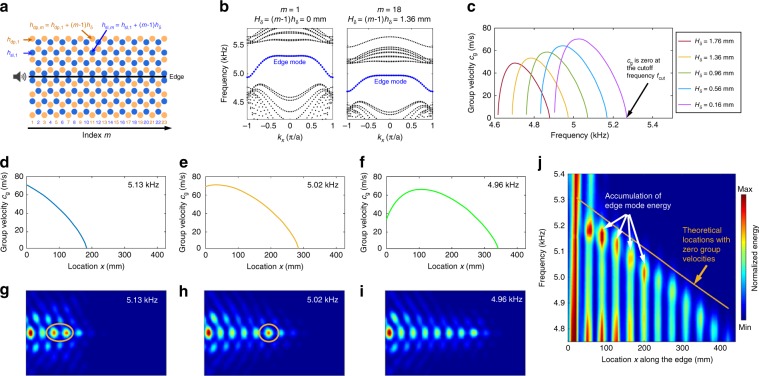Fig. 5. Demonstrations of rainbow edge waves in chirped valley phononic crystals.
a Configuration of chirped valley phononic crystals (PCs) for transporting edge modes of surface acoustic waves (SAWs) along a straight interface. The blue and brown circles in the mth column represent shallow and deep cavities with depths of hsl,m and hdp,m. The cavity depths gradually increase with the increase of column index m following the relations hsl,m = hsl,1 + (m − 1)hδ and hdp,m = hdp,1 + (m − 1)hδ. The depths of the shallow and deep cavities in the first column are hsl,1 = 8.58 mm and hdp,1 = 10.58 mm, respectively. The step size hδ is 0.08 mm. b Wavenumber-frequency dispersion curves of edge modes for type A–B supercells with Hδ = 0 mm in the 1st column (left) and Hδ = 1.36 mm in the 18th column (right). The depth change Hδ equals to (m − 1)hδ. c Dispersion curves of edge mode group velocities cg for type A–B supercells with different Hδ from 0.16 to 1.76 mm. The group velocity is zero at the cutoff frequency fcut. d–f Theoretical group velocities versus location x along the interface of the chirped valley PCs at frequencies of 5.13, 5.02, and 4.96 kHz. g–i Experimental energy fields of edge waves in the chirped valley PCs at frequencies of 5.13, 5.02, and 4.96 kHz. The energy fields show that SAWs at different frequencies stop propagating forward at different locations in the interface. Accumulation of edge mode energy in the low group velocity region can be observed in g, h. j Two-dimensional distribution of the edge mode energy with respect to location x along the interface and frequency. The locations where edge waves stop propagating forward agree well with the theoretically predicted locations with zero group velocity.

